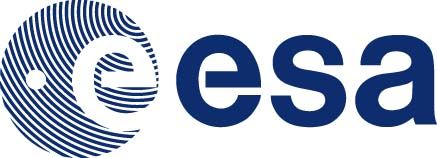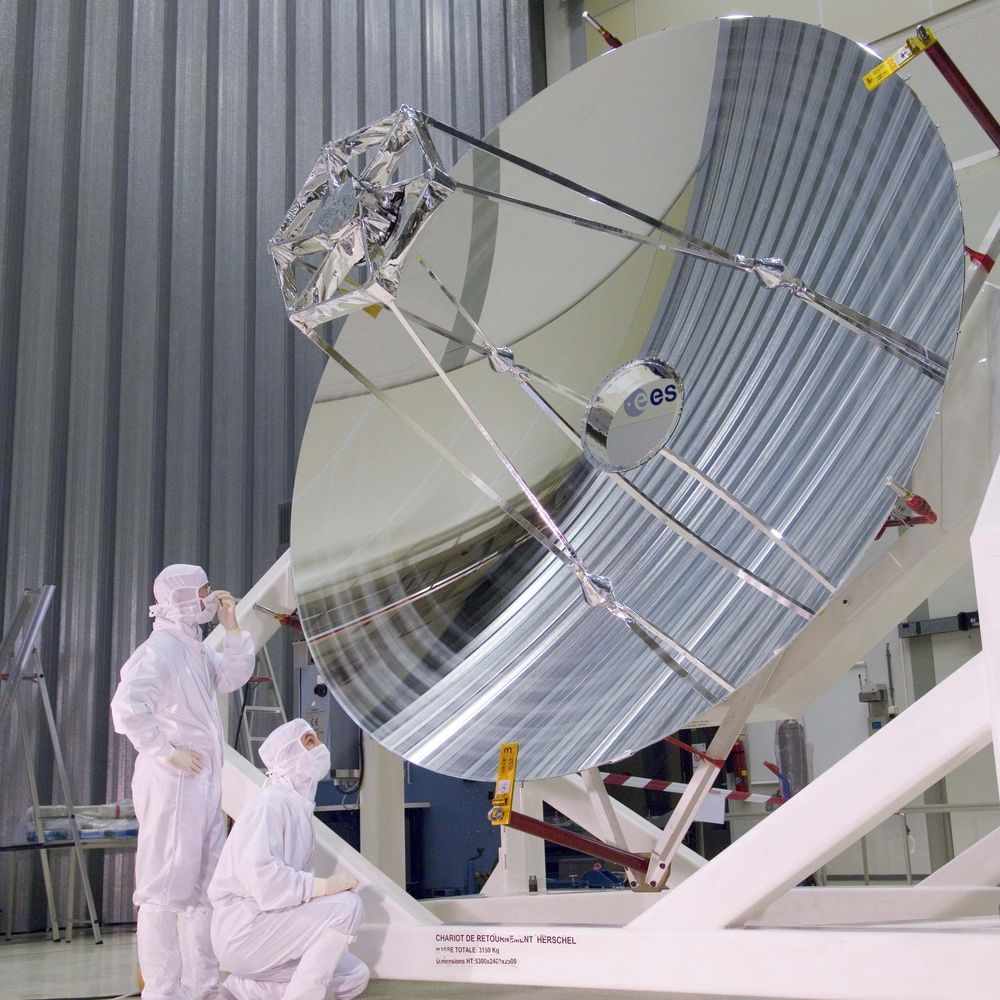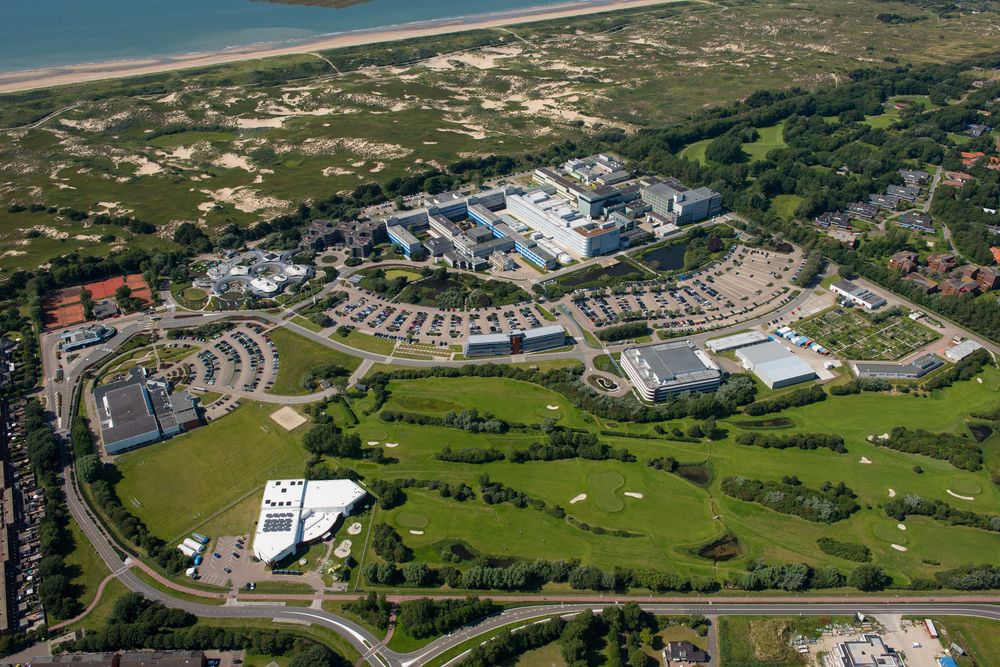ARS ELECTRONICA ARCHIVE - ART & SCIENCE
Das "European Digital Art and Science Network" basiert auf einem großen vielseitigen Netzwerk. Teil dieses Netzwerkes waren wissenschaftliche Forschungsinstitutionen (CERN, ESA, ESO, Fraunhofer MELVIS), das Ars Electronica Futurelab sowie die Projektpartner Center for the promotion of science (RS), DIG Gallery (SK), Zaragoza City of Knowledge Foundation (ES), Kapelica Gallery / Kersnikova (SI), GV Art (UK), Laboral (ES) und Science Gallery (IE). Von der EU gefördert lief das Projekt von 2014 – 2017.
Das Online Archiv der Ars Electronica bietet einen Überblick über die einzelnen Aktivitäten des Netzwerks und liefert zudem Informationen zum Netzwerk an sich, zu den Residency Künstlern und zu den beteiligten Projektpartnern und der Jury.
ESA - The European Space Agency



Der Hauptsitz der ESA ist Paris, die Stadt in der die Maßnahmen und Programme der europäischen Weltraumorganisation beschlossen werden. Die ESA verfügt über weitere Standorte in anderen europäischen Ländern, die jeweils mit unterschiedlichen Aufgaben betraut sind:
- EAC, das Europäische Astronautenzentrum in Köln, Deutschland;
- ESAC, das Europäische Weltraumastronomiezentrum, in Villanueva de la Canada, Madrid, Spanien;
- ESOC, das Europäische Raumflugkontrollzentrum in Darmstadt, Deutschland;
- ESRIN, das Europäische Weltraumforschungsinstitut, in Frascati, Italien;
- ESTEC, das Europäische Weltraumforschungs- und Technologiezentrum, in Noordwijk, Niederlande;
- ECSAT, das Europäische Zentrum für Weltraumanwendungen und Telekommunikation, in Harwell, Oxfordshire, UK;
- ESA Redu Centre, das Zentrum zur Satellitenverfolgung in Belgien.
Facebook: https://www.facebook.com/EuropeanSpaceAgency/
Twitter: https://twitter.com/esascience/
Blog ESA: http://blogs.esa.int/artscience/
Blogbeiträge Ars Electronica:
https://www.aec.at/aeblog/en/2016/06/14/esa-comet-mars/
https://www.aec.at/aeblog/de/2016/06/16/what-does-it-mean-to-be-human/
https://www.aec.at/aeblog/en/2016/10/19/exomars/
www.esa.int
This residency at ESA offers artists an extraordinary opportunity to visit the European Space Research and Technology Centre (ESTEC) in Noordwijk, the Netherlands. ESTEC, the largest of ESA’s establishments, is the incubator of the European space effort, where most ESA projects are born and where they are guided through the various phases of development. There, artists can view ESA's environmental test centre for spacecraft and visit other laboratories specialised in systems engineering, components, and materials. During the residency, artists can get acquainted with all aspects of ESA's Space Science Programme, comprising a fleet of space telescopes performing astronomical observations across the electromagnetic spectrum and space probes exploring a variety of Solar System bodies. The residency also offers the unique chance to experience one-of-a-kind events, such as the arrival of the ExoMars mission at Mars, in October 2016, at ESA's European Space Operations Centre (ESOC) in Darmstadt, Germany.
The ESA Residency program is co-curated by Claudia Mignone and Karen O’Flaherty, and was initiated by Mark McCaughrean. "… Investigating our cosmic origins is a major theme in the Space Science Programme of the European Space Agency (ESA), which operates a fleet of missions that allow European scientists to be at the frontier of astrophysics, planetary science, solar and fundamental physics. It’s sometimes easy to forget, while caught up in the daily duties of scientific research, that space science tackles questions that spark curiosity at a deeper, more fundamentally human level. These questions concern the very essence of our existence on this planet—not as mere individuals but as part of a cosmic tale that started eons before us and that will continue long after we are gone. These questions do not pertain exclusively to science, but are central to many other domains of culture and research, and in particular to the arts. In recent years, in our role as communicators of ESA’s Space Science Programme to the broader public, we have met and interacted with a number of artists who had been inspired by ESA missions, by their results, and by the vision that brought them about. These artists wanted to learn more, to probe the scientific and technological processes that enable the spirit of enquiry to leave Earth’s gravitational pull to research the Universe from space. During these interactions, we appreciated the variety of perspectives that artists have on the scientific endeavour and were intrigued by how their curiosity is triggered by aspects that may differ from those pursued by scientists. These perspectives often provide refreshing insights into the science of the cosmos. So we were honoured when Ars Electronica invited ESA to join an exciting collaboration, researching the common ground between art and space science through an artistic residency, to be spent partly at ESA’s European Space Research and Technology Centre (ESTEC) in the Netherlands, and partly with the creative team at Futurelab in Austria. (…)
(Claudia Mignone, Karen O’Flaherty, and Mark McCaughrean, “When Art and Space Science meet“ in: RADICAL ATOMS and the alchemists of our time, Ars Electronica 2016, Hatje Cantz, p. 162)
(Source: The Practice of Art and Science, p. 44)

